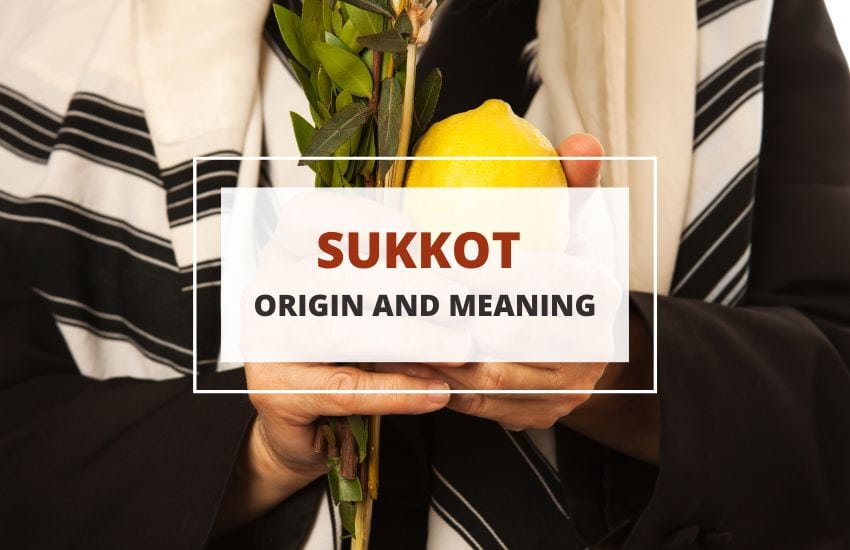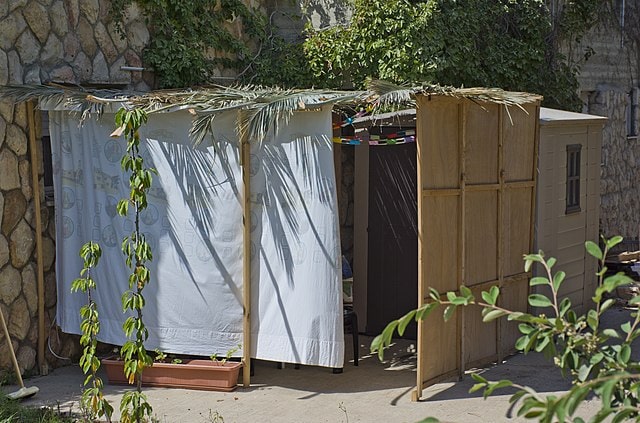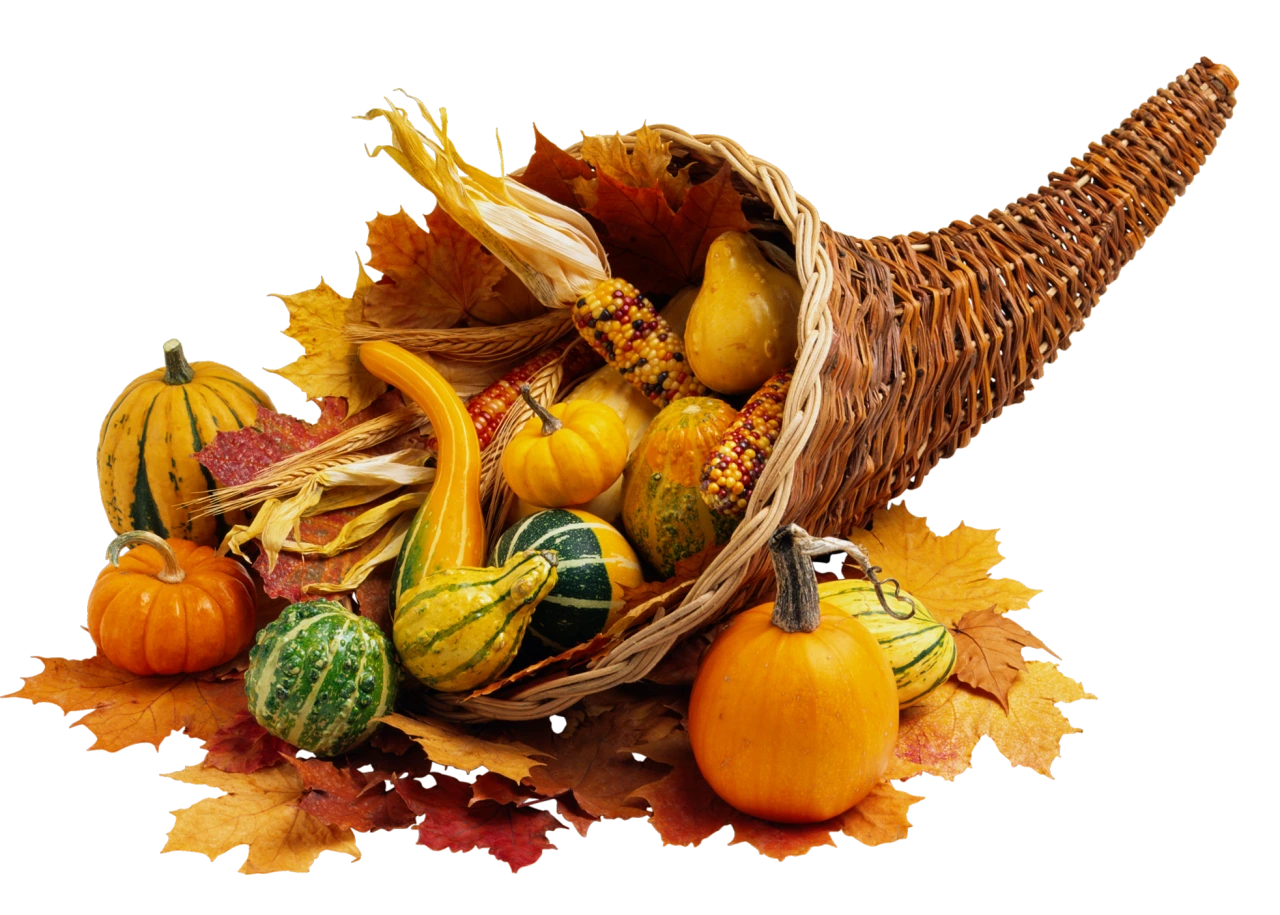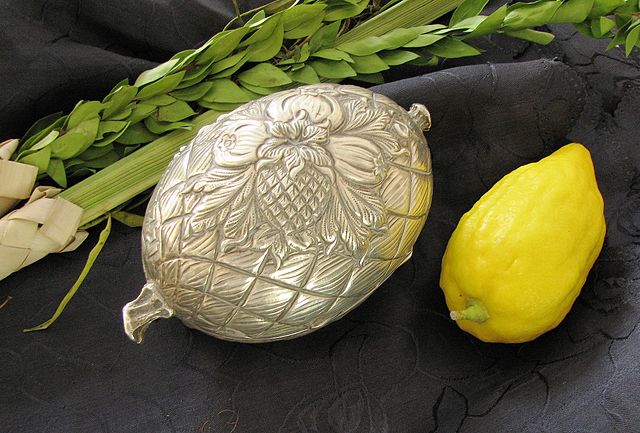
Table of Contents
There are many Jewish holidays commanded by the Torah that are still celebrated today and Sukkot is one of the most joyous ones. A 7-day holiday (or 8-day for some people), Sukkot is the continuation of an ancient harvest festival near the end of the year.
It also has a spiritual connection to Exodus and the 40-year-long pilgrimage of the Jewish people out of Egypt, which gives Sukkot much more heft and meaning. It’s also why it’s celebrated outside of Judaism, including by some Christian denominations.
So, what exactly is Sukkot and how is it celebrated today?
What Is Sukkot And When Is It Celebrated?

Sukkot is one of the three major pilgrimage festivals in Judaism together with Passover and Shavuot. It always starts on the 15th day of the month of Tishrei in the Hebrew calendar and lasts for a week in the Land of Israel and for eight days for people in the diasporas.
In the Gregorian calendar, this period usually falls at the end of September and the start of October.
This timing of Sukkot goes to confirm that this is an ancient Hebrew harvest festival. In fact, in the Torah, Sukkot is either called Chag HaAsif (Festival of Ingathering or Harvest Festival) or Chag HaSukkot (Festival of Booths).
The reason such a harvest festival would include a pilgrimage is that, at the end of each harvest, the workers would return to the big city to both sell their products and spend time with their families.
Still, we don’t call this holiday Chag HaAsif or Asif today – we call it Sukkot. So, why is it called a “Festival of Booths” or “Feast of Tabernacles”, especially in Christian observances?
The reason is simple. When the pilgrims traveled to the big city after each harvest, the trek often took a long time, often several days. So, they spent the cold nights in small booths or tabernacles called sukkah (plural, sukkot).
These structures were made out of light wood and light plant material called s’chach – palm leaves, overgrowth, and so on.
This made them very easy to disassemble each morning, transport together with the rest of the traveler’s baggage and goods, and then get assembled into a sukkah booth once again in the evening.
Sukkot is More Than Just A Harvest Festival

All of the above is well and good – there are plenty of ancient harvest festivals in other cultures that are celebrated to this day in one form or another, including even Halloween. What makes Sukkot extra special, however, is its relation with Exodus – the escape of the ancient Hebrews from Egyptian slavery, the 40-year pilgrimage through the Sinai desert, and the eventual arrival to the promised land.
The Festival of Booths is directly mentioned as such in Exodus 34:22 but the actual parallel between the festival and the Exodus is made in Leviticus 23:42-43, which directly states:
42 You shall live in booths for seven days; all who are native-born in Israel shall live in booths,
43 so that your generations may know that I made the Israelites live in booths when I brought them out of the land of Egypt: I am the Lord your God.
This doesn’t just imply but directly states that Sukkot, the Feast of Booths, isn’t celebrated merely to mark the harvest festival but also to celebrate the exodus out of the land of Egypt as well. It’s that significance that has ensured Sukkot continues to live on and be celebrated to this day.
Rituals Practiced During Sukkot
So, how is Sukkot celebrated? As a 7- or 8-day holiday, Sukkot includes specific practices and rituals for each of its holy days. The exact practices vary somewhat between the 7-day version celebrated in the Land of Israel and the 8-day version celebrated in the Jewish diasporas around the world. Naturally, the holiday has also evolved over the millennia but the basics have remained the same:
- The first day in the Land of Israel (the first two days in the diasporas) is considered a Shabbat-like holiday. This means that work is forbidden and people are expected to spend time with their family and close friends.
- The next few days are called Chol Hamoed, i.e. the “Mundane Festival” – these days, similar to the days following Passover, are meant to be part-mundane, part-workdays. In other words, they are “light work” days that are still full of festivities and rest.
- The last day of Sukkot is called Shemini Atzeret or “The eighth [day] of Assembly”. This is also a Shabbat-like holiday when no one is supposed to work and people are meant to have festivities with their friends and family. In the diasporas, this part is also a two-day event, with the second day after Shemini Atzeret called Simchat Torah, i.e. “Rejoicing with/of the Torah”. Naturally, the main part of the Simchat Torah is meant to take place in a synagogue, studying the Torah.
These seven or so days aren’t just spent resting, dining with the family, and reading the Torah. People are also expected to do the following.

- Dine and spend time in a sukkah booth during the two holidays at the beginning and end of Sukkot.
- It’s a mitzvah (commandment) to do a waving ceremony with each of Arba’a Minim, the Four Species every day. These four species are four plants that the Torah (Leviticus 23:40) specifies as relevant to Sukkot. These include Aravah (a willow branch), Luvav (a palm frond), Etrog (citron, usually in a carrier container), and Hadass (myrtle).
- People are also meant to do daily prayers and readings of the Torah, recite the Mussaf – an additional Jewish prayer – as well as recite Hallel – a Jewish prayer that includes Psalms 113 to 118
As for the several Christian denominations that also celebrate Sukkot, those largely do so because the Gospel of John, Chapter 7 shows that Jesus himself celebrated Sukkot. So, various Christian sects such as the Subbotniks in Russia, Church of God groups, the Messianic Jews, Apollo Quiboloy’s Kingdom of Jesus Christ church in the Philippines, and the International Christian Embassy Jerusalem (ICEJ) also celebrate Sukkot.
Wrapping Up
Of all the different harvest festivals and holidays around the world, Sukkot is one of the few that’s been kept as close to its original interpretation and celebration as possible. Of course, people don’t actually travel on foot for days through the countryside anymore, sleeping in sukkah booths out of necessity.
However, even that part of the spirit of the holiday is preserved in many places with people erecting small sukkah booths in their yards.
That, together with the daily visits to the synagogue, prayers and readings of the Torah, and keeping the Shabbat both at the beginning and the end of Sukkot – all those traditions have been maintained for thousands of years and will likely continue to be practiced for a long time into the future.
To learn about other Jewish holidays and symbols, check out these related articles:








